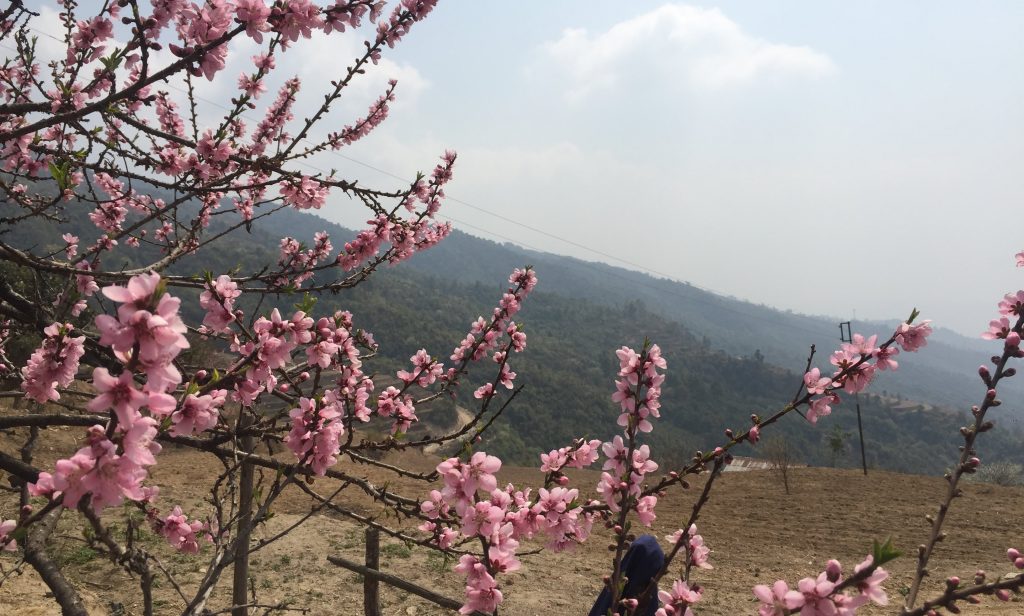Bagmati River Basin Improvement

Watershed Management PKG 1 along with JV- Integrated Development Society (IDS) Nepal.
WATERSHED MANAGEMENT Project (NGO PACKAGE 1)
CENTER FOR GREEN ECONOMY DEVELOPMENT NEPAL and INTEGRATED DEVELOPMENT SOCIETY NEPAL AND – JV
CLIENT: Government of Nepal, Ministry of Urban Development; High Powered Committee for Integrated development of the Bagmati Civilization (HPCIDBC)
Project Summary
Contract No: 02- BRBIP/NGO- 2015/2016
Project Agreement Date: 29 June, 2016
Project Completion Date: 28 June, 2019
Project Period: 36 months
Project Area: Bagmati River Watershed (15.87 Km2 Bagmati Nadi)– Shivapuri Nagarjun NP (SNNP).
__________________________________________________________________
BRIEF INTRODUCTION OF WORK
The Project component titled `NGO Package 1 – Watershed Management’ – WM in short in the Shivapuri National Park is being implemented by the joint venture (JV) of the Centre for Green Economy Development, Nepal (CGED, Nepal) and the Integrated Development Society, Nepal (IDS-N). The supervising agency of the project is BRBIP and the implementing agency is IDS-Nepal and CGED-Nepal JV. Total allocated budget for the project with the value added tax is 22,645,736.75, of which remuneration and management cost/reimbursable expenses is 12,800,875 and Provisional sum with contingencies is 7,239, 600.
The joint venture (JV) of the Centre for Green Economy Development, Nepal (CGED, Nepal) and Integrated Development Society, Nepal (IDS-N) is implementing the BRBIP project component titled `NGO Package 1 – Watershed Management’ – WM in short in the Shivapuri-Nagarjun National Park (SNNP). This inception report describes the scope of work, technical approach and methodology, work plan, schedule of work of national experts and mobilization plan of other human resources, areas of intervention, logical framework and deliverable plan. This Inception Report highlights the work accomplished so far and methods of implementation and community based approaches to be used as programme of the watershed project component. While the major activities proposed by the consultant in their Technical Proposal remains the same, the refined activities in this report are made more implementable and fine-tuned to meet the needs of the BRBIP by contributing to the Output 3 which is `increased water availability during the dry season and watershed conservation’ .
The WM contributes to the Vision of `healthy watershed and ecosystem can lead to healthy Bagmati River Basin (BRB)’ which is based on the notion that prosperous upstream BRB watershed community living in harmony with nature can provide increased water and ecosystem services for the downstream community’. The project mission is to work `in an integrated, holistic, participatory, consultative, facilitative, communicative, interactive and coordinated manner with all the stakeholders in the watershed to achieve a common goal of developing healthy watershed’. The primary objective of the WM will be “to design and pilot participatory integrated watershed management (PIWM) framework to rehabilitate degraded areas, restore terrestrial and aquatic ecosystem of the watershed and improve livelihoods of the communities by enhancing capacity and access of the people living in the buffer zone areas of SNNP watershed sustainably by enhancing the supply of their food, water, energy and ecological needs.
The expected Watershed Components outcomes of the Project are:
1) Rehabilitated upper Bagmati sub-watersheds providing better livelihoods to basin community,
2) Awareness built on eco-friendly environment conservation leading to more effective buffer zone user groups and committees; and
3) Enhanced conservation based livelihoods opportunities for settlement community gains local ownership and sustainable management practices.
- Watershed Component outputs center on developing a balanced conservation and livelihoods opportunities and assets for local communities. Specific outputs, among many others, to be generated are:NTFP processing and Eco-tourism activities to improve livelihood of local community, entrepreneurs and enterprises generating better benefit from the Park resources.
- Households activities on improved organic agriculture practices (e.g., vegetables, fruits, and flowers) leading to improved livelihoods.
- Alternative income generation activities introduced such as small low external input farming, mushroom, vegetable farming, strawberry, ginger cultivation, fishery, beekeeping, floriculture & marketing skills of local farmers improved;
